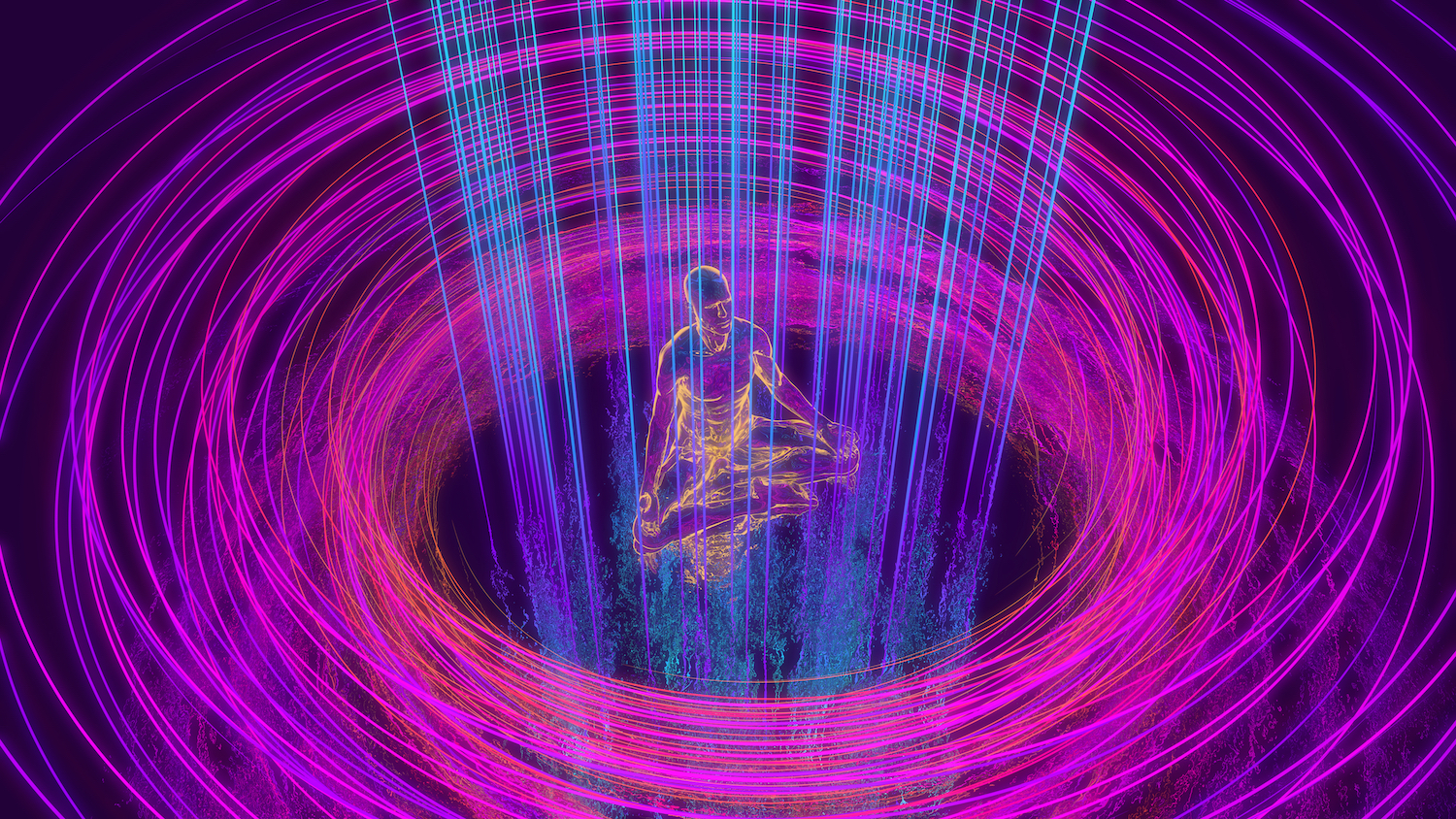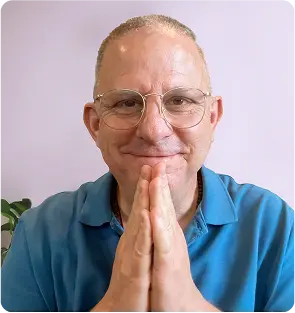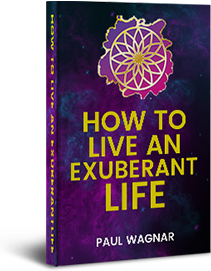
A Sadhana practice is a timeless path of discipline, devotion, and transformation. Asking what is Sadhana practice helps clarify its role across traditions, while receiving guidance from enlightened masters ensures the seeker stays aligned with truth.
In a world filled with constant distractions and the pursuit of material success, the timeless wisdom of Sadhana offers a beacon of light for those seeking true enlightenment, liberation, and Self-realization. This ancient technology, which predates even the Buddha, has been tried and tested throughout the ages, serving as a guiding force for countless seekers on their spiritual journeys. In this article, we will explore the profound and transformative power of Sadhana, emphasizing the importance of embracing its ancient teachings and seeking guidance from enlightened masters.
“Never forget that you are never alone on this journey. God is always with you. Allow Him to take your hand.” — Amma
The Ancient Roots of Sadhana Practice
Sadhana, often referred to as the spiritual discipline or practice, is a sacred technology that has its origins in ancient India. It is a path that has been trodden by sages, saints, and seekers for thousands of years. The term “Sadhana” itself means a conscious effort to reach a goal. In this case, the goal is nothing less than Self-realization, Moksha, or liberation from the cycle of birth and death.
Sadhana predates even the time of Siddhartha Gautama, who later became the Buddha. It is a testament to the timeless nature of this technology that it has remained relevant and effective throughout the millennia. The practices and principles of Sadhana have been preserved and passed down through generations, allowing seekers to access the same wisdom that enlightened beings of the past tapped into.
What Is Sadhana Practice vs. Distortions of Ancient Wisdom
In recent years, the spiritual landscape has witnessed the emergence of various new-age beliefs that sometimes dilute the profound teachings of Sadhana. While it is true that different paths can lead to Self-realization eventually, it is important to recognize that not all paths are equally effective or efficient. Embracing the ancient technology of Sadhana, with its tried-and-tested methods, can be likened to a rocket ship compared to the slow progress of a snail attempting to reach the same destination.
The Power of Sadhana Practice and Guidance from Enlightened Masters
The essence of Sadhana practice lies in steady discipline. With guidance from enlightened masters, seekers avoid confusion and accelerate growth.
Sadhana encompasses a wide range of practices, including meditation, yoga, mantra chanting, self-inquiry, and devotion to an enlightened master. These practices are not mere rituals but powerful tools that can lead to a direct experience of the Self. Through Sadhana, one can purify the mind, transcend egoic limitations, and unveil the inner divinity that resides within.
Seeking guidance from an enlightened master is a pivotal aspect of Sadhana. These masters have already traversed the path to enlightenment and possess the wisdom and grace to guide others. Their presence and teachings act as a catalyst, accelerating the seeker’s journey towards liberation.
***
In a world where quick fixes and instant gratification often take precedence, it is essential to recognize the profound value of Sadhana, an ancient technology that has withstood the test of time. While it is true that different paths can eventually lead to Self-realization, embracing Sadhana and seeking the guidance of enlightened masters is like embarking on a rocket ship towards our spiritual destination.
Let us not dilute the ancient teachings with new-age distortions but instead, with love and devotion, embrace the transformative power of Sadhana. It is an invitation to embark on a journey of Self-discovery, liberation, and enlightenment—one that has been undertaken by countless seekers throughout history. With dedication, sincerity, and the wisdom of Sadhana, we can transcend the limitations of our egoic minds and experience the boundless joy of Self-realization.
“If your desire is intense, it is quite impossible that Light should not come to you. The question whether the path is long or short must not be allowed any room in your mind. ‘Realization will have to be granted to me’, this should be your determination. Employ your whole strength and capacity, then only will you succeed. How beautiful! By holding on to Him everything comes of itself.” — Anandamayi Ma
Pitfalls of Misunderstanding What Is Sadhana Practice
Let’s delve into some common misconceptions or statements made by individuals in the new-age spirituality scene that may divert them from the profound teachings of Sadhana and the importance of seeking guidance from an enlightened master:
“I am already enlightened, and I don’t need any practices or a guru”: Some new-age practitioners claim instant enlightenment without putting in the disciplined effort of Sadhana or seeking guidance. This belief can stem from a misunderstanding of what true enlightenment entails, often leading to ego inflation rather than genuine realization.
“All paths lead to the same destination, so I can mix and match”: While it is true that different spiritual paths may ultimately lead to Self-realization, cherry-picking practices from various traditions without a deep understanding or commitment to one path can result in a superficial and scattered approach, hindering spiritual progress.
“I can learn everything I need from books and online resources”: While books and online resources can provide valuable knowledge, relying solely on them can create a false sense of self-sufficiency. The guidance and direct transmission of wisdom from an enlightened master, which is an integral part of Sadhana, cannot be replicated through text alone.
“I am my own guru”: The belief that one can be their own guru can be misleading. True spiritual growth often requires an external guide who can provide insight, challenge misconceptions, and offer support on the journey. The ego can easily deceive itself into thinking it has all the answers.
“I don’t need to renounce anything; I can have it all”: Some individuals in the new-age scene may focus on materialistic pursuits or worldly desires while claiming to follow a spiritual path. The ancient teachings of Sadhana often emphasize the importance of detachment and renunciation as a means to transcend the ego and worldly attachments.
“I can manifest anything I want with the Law of Attraction”: While manifestation techniques have gained popularity in recent years, they can sometimes be used as shortcuts to fulfill desires rather than as tools for spiritual growth. True Sadhana involves seeking Self-realization beyond the realm of material desires.
“I’ll meditate when I have the time”: Procrastination in starting or maintaining a regular Sadhana practice can be a common pitfall. The ego often finds excuses to delay spiritual discipline, leading to missed opportunities for growth and transformation.
It’s important to acknowledge these misconceptions with compassion and understanding. While everyone’s spiritual journey is unique, recognizing the value of Sadhana and the guidance of an enlightened master can help individuals navigate their path with sincerity and authenticity, ultimately leading to a deeper and more profound realization of the Self.
One of the profound Upanishadic quotes about enlightenment is from the Chandogya Upanishad: “Tat Tvam Asi”
This Sanskrit phrase translates to “That thou art.” It encapsulates the essence of the Upanishadic teachings, emphasizing the unity of the individual soul (Atman) with the ultimate reality (Brahman). This realization is a central aspect of enlightenment in the Upanishadic tradition, highlighting the understanding that the true self within each individual is not separate from the divine, but an integral part of it.
Let’s draw wisdom from some renowned enlightened masters throughout history to shed light on the passive and incorrect approaches to enlightenment:
Ramana Maharshi: Quote: “Realization is not acquired, it is already there. All that is necessary is to get rid of the thought ‘I have not realized.'”
Teaching: Ramana Maharshi emphasized self-inquiry and the direct path to Self-realization. He cautioned against a passive attitude that involves waiting for realization to happen without earnest self-inquiry.
Anandamayi Ma: Quote: “God alone knows how you are going to reach the state of realization. To think that you can reach it in this way or that way is to limit realization.”
Teaching: Anandamayi Ma emphasized that rigid adherence to a particular method or a belief in one’s preconceived path can obstruct true realization. She encouraged an open, receptive attitude.
Amma (Mata Amritanandamayi): Quote: “True spiritual progress is not measured by experiences but by the transformation of character.”
Teaching: Amma emphasizes that seeking spiritual experiences without inner transformation is a passive approach. True progress is seen in the transformation of one’s character and the cultivation of love and compassion.
Mother Meera: Quote: “Realization is not an intellectual knowledge, but an inner experience.”
Teaching: Mother Meera highlights that intellectual understanding alone is insufficient for realization. A passive approach focused solely on gathering knowledge can lead to spiritual stagnation.
Nisargadatta Maharaj: Quote: “You must be very quiet and pray to your own self: ‘Let my mind become still.'”
Teaching: Nisargadatta Maharaj stressed the importance of stilling the mind through meditation and self-inquiry. He cautioned against passive waiting for realization to happen without inner effort.
These enlightened masters consistently emphasized the need for active engagement in one’s spiritual journey, rather than adopting a passive or superficial approach. They recognized that true realization requires inner transformation, sincere self-inquiry, and a deep connection with the Self, rather than merely waiting for enlightenment to fall into one’s lap. Their teachings inspire seekers to take responsibility for their spiritual growth and to earnestly walk the path towards Self-realization.
“In today’s world, people are nourishing the body, but starving the soul. We should nourish our souls too. With love, compassion, and selfless service, we will nourish not only our soul but also the souls of others.” — Amma
Let’s explore the pitfalls and problems associated with the egoistic and narcissistic approach often found in the new-age spirituality scene, as well as what individuals might unknowingly be seeking through these actions and intentions:
Ego Reinforcement: Problem: The pursuit of new-age practices without sincere self-inquiry can often reinforce the ego rather than dissolve it. Some individuals may develop spiritual egos, believing they are more enlightened or evolved than others. Unknowingly Seeking: Validation and a sense of superiority.
Materialistic Spirituality: Problem: New-age consumerism can lead to the accumulation of spiritual paraphernalia and practices without genuine inner growth. The focus on material goods and experiences can overshadow the quest for true enlightenment. Unknowingly Seeking: Material comfort and superficial experiences.
Instant Gratification: Problem: The desire for quick spiritual experiences or enlightenment can lead to impatience and a tendency to bypass the necessary inner work. This approach often results in disappointment and disillusionment. Unknowingly Seeking: Immediate emotional or sensory satisfaction.
Lack of Depth: Problem: Superficial engagement with spiritual practices may prevent individuals from delving deeply into their inner selves. True transformation requires depth, self-reflection, and inner exploration. Unknowingly Seeking: Shallow, fleeting experiences of peace or happiness.
Spiritual Bypassing: Problem: Some may use spirituality as a means to avoid dealing with emotional issues or personal challenges. This can create a false sense of well-being while neglecting genuine growth. Unknowingly Seeking: Escape from difficult emotions or life’s complexities.
External Validation: Problem: Seeking external validation through the display of one’s spiritual practices or beliefs on social media can feed the ego. It can become more about projecting an image of spirituality rather than an authentic inner journey. Unknowingly Seeking: Attention, admiration, or approval from others.
Chasing Phenomena: Problem: The pursuit of spiritual phenomena or mystical experiences without understanding their context can lead to delusion and attachment to sensationalism. Unknowingly Seeking: Novelty and excitement.
Misplaced Guru Worship: Problem: Blind devotion to charismatic figures without discernment can lead to exploitation and manipulation. True spiritual growth requires a genuine connection with a qualified guide. Unknowingly Seeking: A sense of belonging or a charismatic leader to follow.
Escapism: Problem: Using spirituality as a means to escape from real-life responsibilities or challenges can hinder personal development and lead to avoidance of necessary growth experiences. Unknowingly Seeking: Avoidance of discomfort or difficulty.
In many cases, individuals drawn to the new-age spirituality scene may be seeking genuine fulfillment, inner peace, or a sense of purpose. However, their actions and intentions can sometimes lead them astray, resulting in a temporary sense of satisfaction that does not align with the profound realization of enlightenment. It’s essential to recognize that true enlightenment requires sincere inner work, self-inquiry, and a commitment to personal growth, rather than egoistic pursuits or superficial experiences.
“Love is our true essence. Love has no limitations of caste, religion, race, or nationality. We are all beads strung together on the same thread of love.” — Amma
Before the Buddha’s enlightenment, the ancient Vedas, sages, and spiritual figures like Babaji in the Himalayas had already laid the foundations of spiritual wisdom and practices that would later influence Buddhism and various other spiritual traditions. Their teachings and technologies for liberation were rooted in the ancient spiritual traditions of India. Here are some key aspects of their teachings and practices:
Sadhana Practice in the Vedas and Upanishads
Vedas: The Vedas, the oldest sacred scriptures of Hinduism, contain hymns and rituals that were initially focused on appeasing deities and achieving material prosperity. However, within the Vedas, there are also philosophical and spiritual elements that hint at the pursuit of higher knowledge and realization.
Upanishads: The Upanishads, which are a part of the Vedic literature, delve deeper into spiritual philosophy. They emphasize the concept of Brahman (the ultimate reality) and Atman (the individual soul), exploring the interconnectedness of all existence and the path to Self-realization through meditation and self-inquiry.
Sages and Rishis:
Ancient sages and rishis like Vasishtha, Yajnavalkya, and others played a crucial role in transmitting spiritual wisdom and practices. They advocated renunciation, meditation, and self-discipline as means to realize the true Self and attain liberation.
What Is Sadhana Practice in Yoga and Meditation
The practice of yoga, including both physical postures (asanas) and meditation techniques, dates back thousands of years. Yogic practices were used to purify the body and mind, ultimately leading to spiritual awakening and union with the divine.
Sadhana Practice Through Renunciation and Asceticism
Many ancient spiritual seekers embraced a life of renunciation, withdrawing from worldly attachments and pleasures. This ascetic lifestyle aimed to reduce distractions and facilitate deep meditation and self-realization.
Guidance from Enlightened Masters in the Guru-Disciple Relationship
The guru-disciple relationship was fundamental in the transmission of spiritual knowledge. Seekers would approach enlightened masters or gurus to receive guidance and teachings on the path to liberation.
Sadhana Practice Through Bhakti (Devotion) and Karma (Action)
Bhakti yoga, the path of devotion, involved surrendering to a deity or the divine with unwavering faith and love. Karma yoga, the path of selfless action, emphasized performing one’s duties without attachment to the fruits of actions, leading to spiritual growth.
What Is Sadhana Practice in Tantra Traditions
Tantra, a diverse and ancient spiritual tradition, incorporated rituals, mantras, and meditation practices to awaken the dormant spiritual energy (kundalini) within individuals and achieve spiritual enlightenment.
Guidance from Enlightened Masters: Himalayan Masters like Babaji
Figures like Babaji, believed to be an immortal yogi in the Himalayas, represent the continuity of ancient spiritual traditions. Babaji is often associated with Kriya Yoga, a meditation technique aimed at accelerating spiritual growth and Self-realization.
Before the Buddha’s time, these teachings and practices formed the rich tapestry of spiritual wisdom in India. While Buddhism introduced its own unique approach to enlightenment, it was deeply influenced by these pre-existing traditions, emphasizing the importance of meditation, mindfulness, and the quest for liberation from suffering and ignorance.
Ultimately, embracing Sadhana practice means asking not just what is Sadhana practice, but also how to walk the path with humility and guidance from enlightened masters.
***
You are loved for all time and created to be the eyes and ears of The Divine. Dive deeply into spiritual practices that illuminate you. In the meantime, check out The Shankara Oracle.
Last Updated: October 3, 2025




